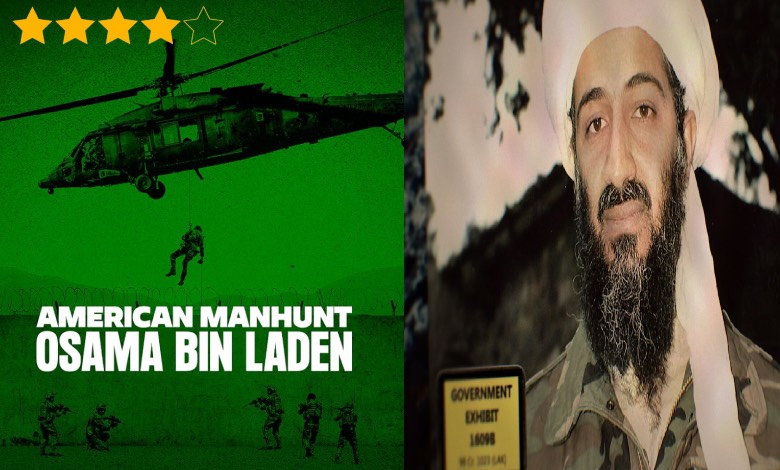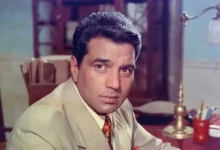Review: American Manhunt: Osama Bin Laden – How The Hunt For World’s Most Wanted Man Became A US Addiction
Netflix’s latest docuseries strips away the myths, delivering a raw, meticulously detailed account of the hunt for the world’s most wanted terrorist.

By Devansh Desai
Netflix’s American Manhunt: Osama Bin Laden turns one of the world’s most reported stories inside out, stripping away two decades of myth-making to reveal the raw mechanics of the United States’ hunt for the al-Qaeda mastermind. Directors Mor Loushy and Daniel Sivan deliver a three-episode chronicle that neither glorifies the operation nor soft-pedals American missteps; it simply lays out the chase with unnerving precision.
Opening with the hushed timestamp “September 11, 2001 — 08:46 AM,” the series revisits the first plane’s impact on the North Tower, then rewinds to what the CIA and NSA already knew about bin Laden. Former intelligence officers, counter-terror analysts, and military officials speak with a candour that borders on confessional, their frustration and regret palpable on screen.
The filmmakers confront U.S. failures head-on. The 2001 siege of Tora Bora is framed as a pivotal blunder: interviewees contend that then-Defense Secretary Donald Rumsfeld’s hesitation to deploy ground troops opened an escape route for the world’s most wanted man. There is no rebuttal from Rumsfeld’s camp, and the docuseries doesn’t pretend to arbitrate; its mission is to let the people who were there tell the story.
Among the real-life cast are Tracy Walder, who traded a USC sorority for CIA drone operations; Michael Morell, President George W. Bush’s daily briefer on 9/11; and Kevin Shaeffer, the Pentagon action officer who survived with 40 percent burns. Shaeffer’s account of crawling through fire is one of the series’ most searing moments.
Episode two bridges the lost years between Tora Bora and 2011, charting al-Qaeda’s evolution even as its founder became a phantom. Bureaucratic detail never bogs the pace; tension builds inexorably toward episode three’s minute-by-minute reconstruction of Operation Neptune Spear. Through classified audio, CGI schematics, and first-person narration by Navy SEAL Robert O’Neill—who fired the fatal shot—the raid in Abbottabad unfolds with pulse-pounding clarity.
Key beats land with force: the clandestine training compound, the Black Hawk crash that nearly derailed the mission, the Oval Office debate where Joe Biden urged caution while Hillary Clinton backed action, and Barack Obama’s solitary decision to proceed. Archival images place viewers inside the Situation Room as history ticks by, second after second.
Loushy and Sivan resist reenactments, trusting archival footage and surgically edited interviews to supply suspense. The horror of 9/11 is treated with sobriety, intelligence lapses with stark honesty, and the ethics of vengeance with restraint. Polished yet never flashy, the production balances urgency with journalistic rigor.
American Manhunt: Osama bin Laden stops short of declaring bin Laden’s death a closing chapter. Instead, it leaves viewers with a disquieting aftermath: nearly 3,000 lives lost on 9/11, and the lingering wars, surveillance culture, and political polarization that followed. Closure is elusive, but clarity—rare and hard-won—is this docuseries’ enduring gift.




